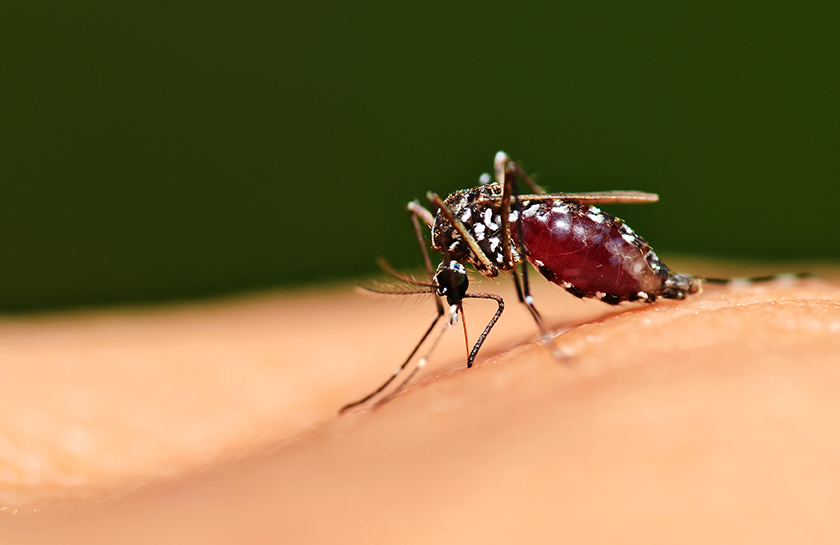Malaria elimination efforts are underway in Iran’s three southeastern provinces of Sistan-Baluchestan, Hormozgan and Kerman, which are endemic to the disease; however, the illegal influx of refugees to the provinces from across the borders and the flow of common seasonal river waters between Iran and neighboring Afghanistan and Pakistan, have increased the risk of renewed outbreak of malaria in pockets which have already been cleared of the disease.
Iran shares long common borders with Pakistan and Afghanistan, and according to the World Health Organization, the two neighboring countries as well as Somalia, Sudan and Yemen have the highest malaria transmission rate in the WHO Eastern Mediterranean region, the Persian language newspaper ‘Jam-e-Jam’ reported.
Afghanistan has the fourth largest malaria burden worldwide of a country outside of Africa with 63 districts in 12 provinces at high risk of transmission of the disease, with more than thousands of new cases reported annually.
“Since the beginning of the current year (started March 20), one case of malaria has been reported in the southern part of Kerman Province and the patient, an illegal Afghan refugee has received the necessary treatment,” said Asadollah Ahmadi, deputy (health) of Jiroft University of Medical Sciences, Kerman Province.
“Last year, 15 malaria-infected people were identified in the southern part of the province of whom 12 were undocumented refugees and 3 locals. The total number of infected people across the country was 1,572 and most of them were refugees,” he said.
The life-threatening disease is typically transmitted through the bite of an infected Anopheles mosquito. It is also transmitted by blood, so the infection can be passed on through blood transfusion or use of shared needles or syringes.
Infection in the country with plasmodium vivax (90%), a protozoa parasite and a human pathogen is the most frequent and widely distributed cause of recurring malaria than infection with plasmodium falciparum (10%), transmitted by the female Anopheles mosquito. But infection with the latter parasite is usually more dangerous and can be life-threatening.
Although the Health Ministry embarked on the malaria elimination and eradication plan in 2010, the illegal entry of refugees from across the borders is the biggest challenge to the disease eradication, officials say.


